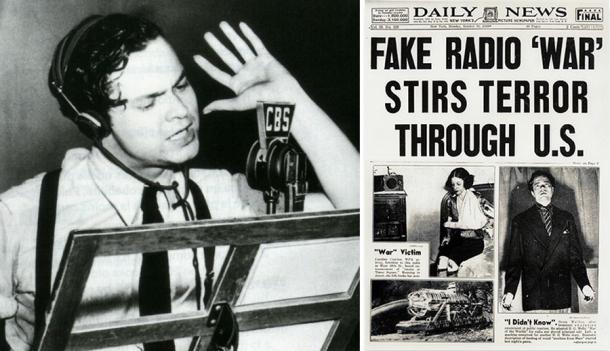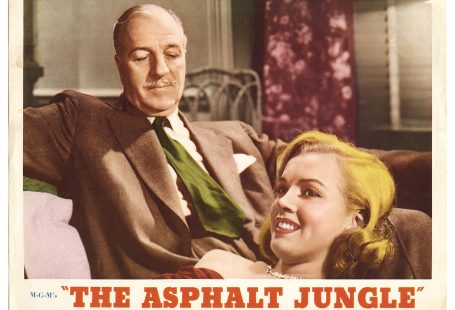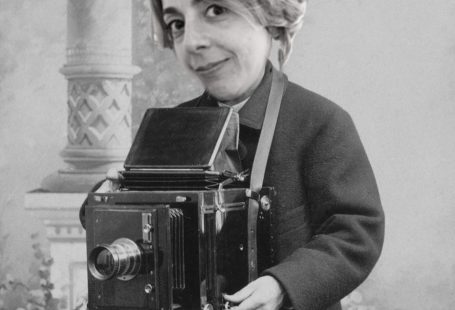People in the United States were “praying, crying, fleeing frantically to escape death,” according to public opinion scholar Hadley Cantril. The year was 1938, and Orson Welles’s “War of the Worlds,” a fictional story of a Martian invasion, was being broadcast by CBS Radio, reaching an audience of millions. What followed, so the story goes, was a mass panic across the country. The listeners who tuned in following the start of the program missed the introduction which provided context for the broadcast, and some believed that a Martian invasion was really taking place. But how many?
Today, the alarm raised by politicians, researchers, and technology companies of all stripes about what they view as an epidemic of fake news on social media platforms echoes the concerns raised about “War of the Worlds.”
Facebook recently launched a project in collaboration with five outside entities, including news organizations, to fact-check the news reports that appear on its platform and verify their accuracy. The problem of fake news even made an appearance in President Obama’s farewell address on January 10, 2017.
It would seem that fake news on social media is our modern-day “War of the Worlds” crisis — except that the supposed crisis following the “War of the Worlds” broadcast hardly took place. Perhaps the best documentation of listeners’ reactions was the thousands of letters written to the Federal Communications Commission, CBS, Orson Welles, and producer Richard Wilson in the following days. In fact, only six out of 1,974 letter writers reported fleeing their homes in terror. One listener wryly noted in a letter to the FCC that he “did not jump out of the window, did not attempt suicide, did not break [his] arm while beating a hasty retreat from [his] apartment…” after listening to the broadcast. The listener further noted that none of his co-workers reported having believed the broadcast, either.
Why, then, was public reaction to the broadcast so exaggerated? It was at least in part because newspapers, resentful of their displacement by the advent of radio, had used the opportunity to discredit the new medium by trying to define it in the public mind as lacking the credibility of print journalism.
Without suggesting similar motives today, it is worth asking whether people are taken in by the fictional world fake news portrays, as listeners supposedly were to the War of the Worlds broadcast eight decades ago. It is true that fake news articles related to the 2016 presidential election in the United States were wildly popular. Indeed, they achieved higher engagement on Facebook than factually correct stories, according to an analysis conducted by BuzzFeed. Even so, according to a separate BuzzFeed study, only 18% of social media users trust news on Facebook “all or most of the time.” This parallels the reaction to the “War of the Worlds” broadcast. Even though millions listened to it, very few seemed to have had trouble distinguishing fact from fiction.
The 1938 broadcast suggests that fake news is not a new phenomenon, but this does not mean that social media companies should disregard its proliferation. Instead, the “War of the Worlds” affair suggests that worry over fake news to some extent is misplaced; the scale at which it is produced and disseminated, the lucrative potential profits to be made, and the political context in which it is consumed are different today, and all present possible cause for alarm. However, in tackling fake news, “War of the Worlds” offers the lesson that readers themselves may not be as gullible as they seem.
Dandi Law Firm provides legal assistance in Copyright and New Media. Check out our Services or contact Us!






